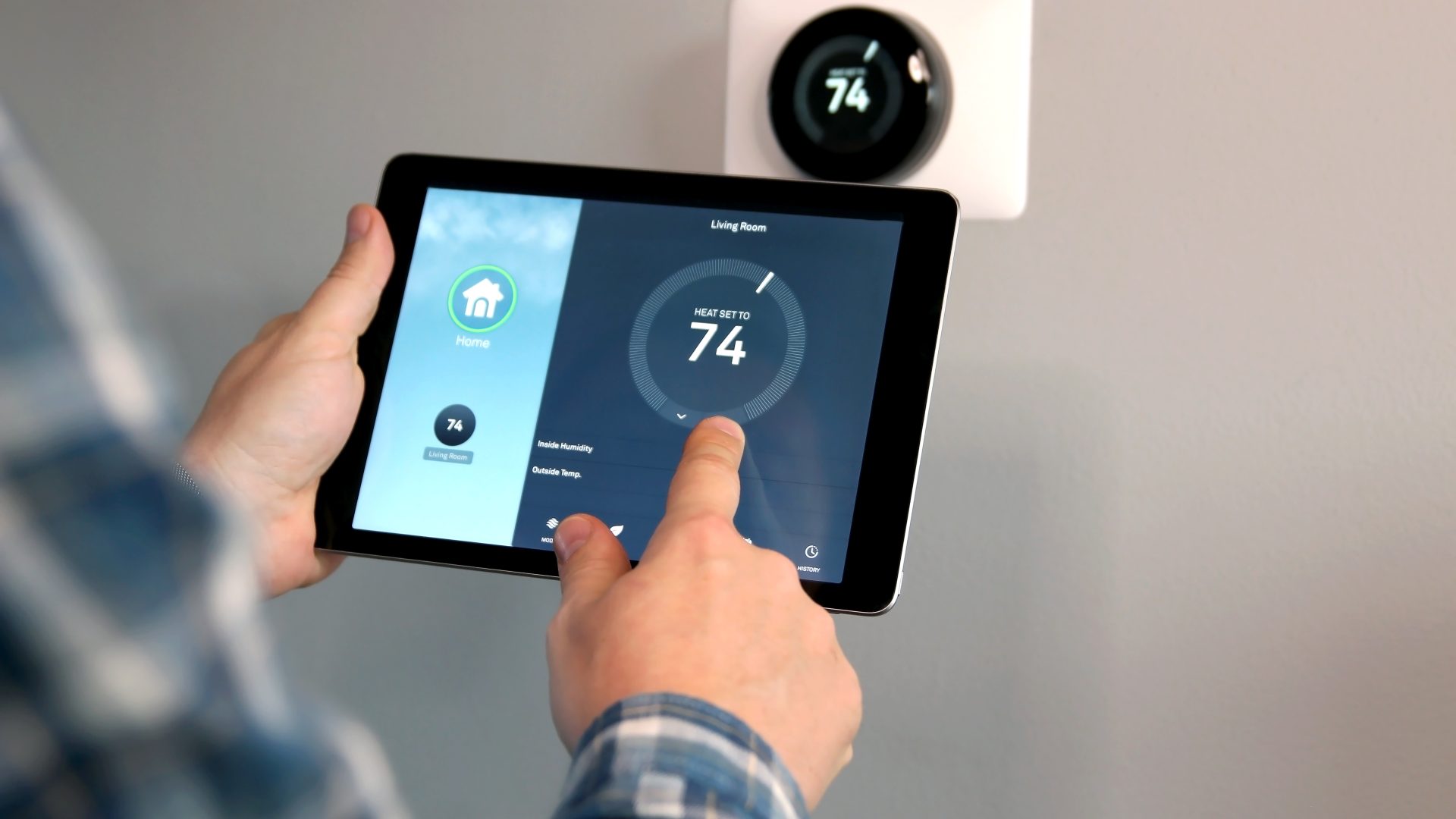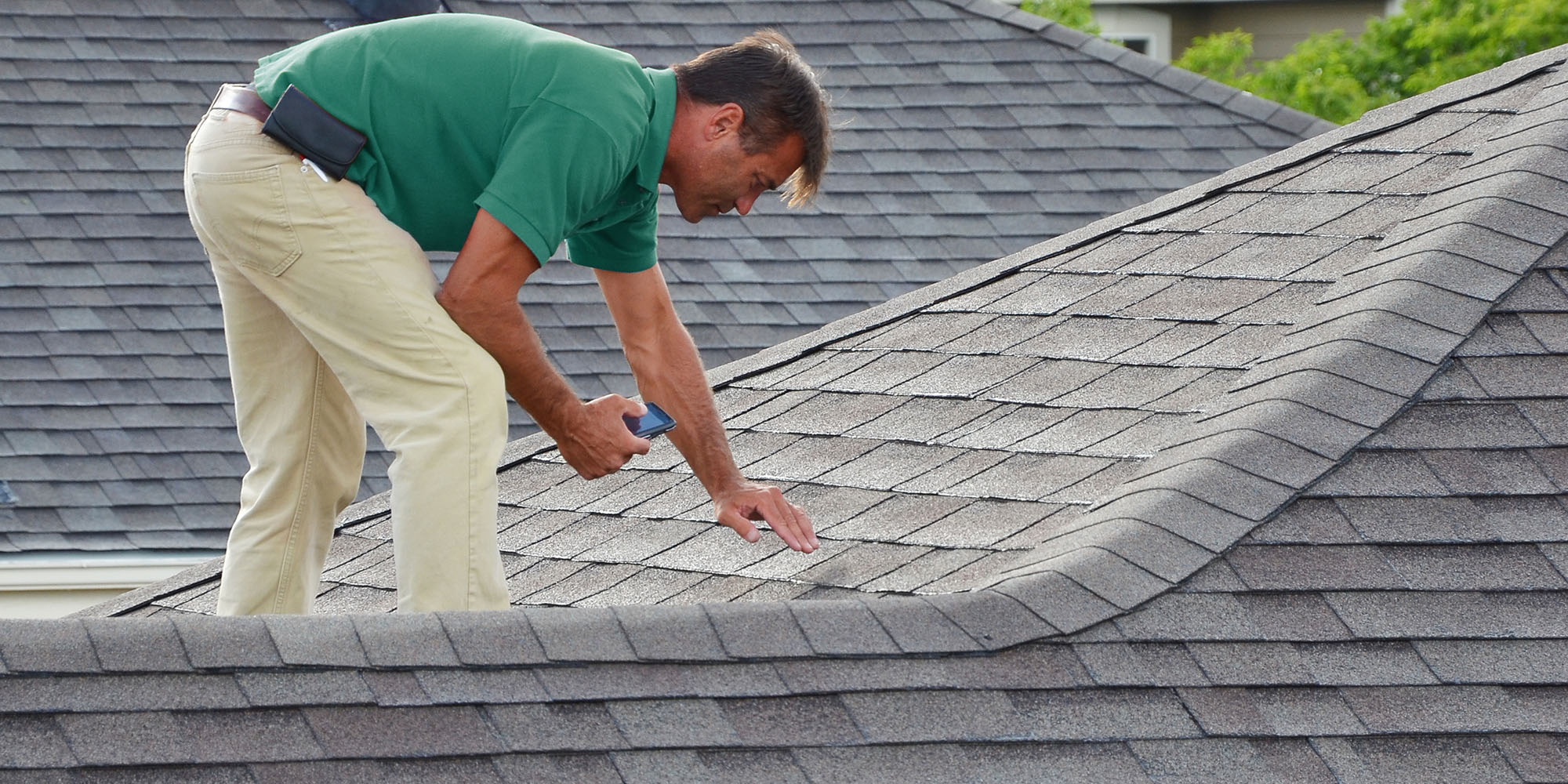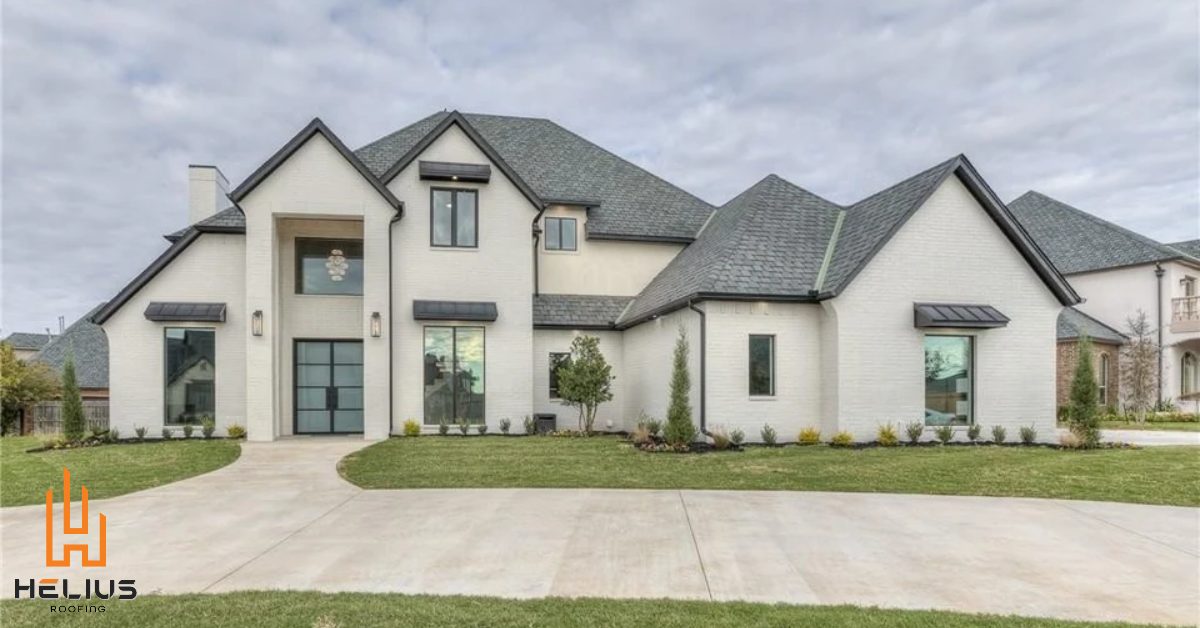Your roof is one of the most critical components of your home, providing protection against the elements and ensuring the structural integrity of your property. However, like all parts of a home, roofs don’t last forever, and there comes a time when repairs are no longer enough. At Helius Roofing and Construction, we understand that replacing a roof is a significant investment, and knowing when it’s time for a new roof can be challenging for homeowners. This essay will help you understand the signs that indicate you may need a new roof and how to make an informed decision.
1. Age of the Roof
The age of your roof is one of the most critical factors in determining whether it’s time for a replacement. Most roofs have a lifespan that depends on the type of material used. For example:
- Asphalt shingles typically last 20 to 25 years.
- Wood shingles last around 30 years.
- Metal roofs can last 40 to 70 years, depending on the material.
- Clay or concrete tiles have an even longer lifespan of 50 to 100 years.
If your roof is nearing or has surpassed its expected lifespan, it’s a good idea to start planning for a replacement, even if there are no immediate signs of damage. An aging roof is more susceptible to issues like leaks, shingle deterioration, and structural weakness.
2. Curling, Cracked, or Missing Shingles
Shingles are the first line of defense for many types of roofs, and their condition is a direct indicator of your roof’s health. If you notice any of the following issues with your shingles, it may be time to consider a new roof:
- Curling shingles: Shingles that are curling at the edges or buckling in the middle are a sign that they are past their prime. Curling often occurs due to prolonged exposure to heat, moisture, and UV rays, which break down the materials over time.
- Cracked shingles: Cracked shingles can result from wind damage or age. While a few cracked shingles may be repaired, widespread cracking is a sign that your roof is deteriorating.
- Missing shingles: If you notice multiple missing shingles, it’s a strong indication that your roof is losing its ability to protect your home. While individual shingles can be replaced, a significant loss of shingles suggests that the roof’s overall structure is compromised.
3. Granules in the Gutters
Asphalt shingles are coated with granules that protect them from UV rays and add durability. Over time, these granules can loosen and wash off, especially as the shingles age. If you notice an excessive amount of granules collecting in your gutters or downspouts, it’s a sign that your shingles are wearing out. Without these granules, shingles become more vulnerable to the elements and are likely to fail, leading to potential leaks and other damage.
4. Leaks and Water Damage
Water damage is one of the most obvious signs that your roof is failing. If you notice water stains on your ceiling, walls, or attic, it’s likely that water is penetrating your roof. Leaks can occur for several reasons, including damaged shingles, flashing issues, or poor roof installation. While minor leaks may be repaired, multiple leaks or significant water damage may indicate that a new roof is necessary.
In addition to visible leaks, check your attic after heavy rains or snowmelt for signs of moisture, such as damp insulation or water streaks on the beams. If left untreated, water damage can lead to mold growth, rot, and structural issues in your home.
5. Sagging Roof
A sagging roof is a severe problem that requires immediate attention. This issue can occur due to water damage, rotting wood, or the weight of snow and ice over time. A sagging roof is often a sign that the roof’s structural integrity has been compromised, making it unsafe. If you notice that your roof is sagging in any area, contact a professional like Helius Roofing and Construction immediately to assess the damage and determine whether a replacement is necessary.
6. Daylight Shining Through the Roof Boards
If you can see daylight coming through your roof boards while in your attic, it’s a clear indication that your roof has holes or gaps. These openings not only allow light in but also water, snow, and cold air. Holes in the roof can lead to significant water damage and insulation issues, driving up energy costs and potentially causing further damage to your home’s interior. In most cases, visible daylight is a sign that a new roof is needed.
7. Increased Energy Bills
Your roof plays a significant role in regulating your home’s temperature. If your roof is compromised, whether due to poor insulation, leaks, or shingle damage, it can affect your home’s energy efficiency. If you’ve noticed a spike in your heating or cooling costs, it could be a sign that your roof is no longer providing adequate insulation and ventilation. A new roof, especially one designed with energy efficiency in mind, can help reduce your utility bills by keeping your home properly insulated.
8. Moss, Mold, or Algae Growth
While moss, mold, or algae growing on your roof may seem like a minor issue, it can signal more significant problems. Moss and algae thrive in damp, shaded environments, and their presence can indicate that your roof is trapping moisture. Over time, moss can lift shingles, allowing water to seep beneath them and cause leaks or rot. Mold growth is even more concerning, as it can spread to other parts of your home and pose health risks.
If your roof has extensive moss, mold, or algae growth, it’s essential to address the underlying moisture issue. In some cases, cleaning and treating the roof may be enough, but if the damage is extensive, a new roof may be the best solution.
9. Storm Damage
Severe weather events, such as hailstorms, high winds, or heavy snow, can cause significant damage to your roof. After a major storm, it’s essential to inspect your roof for any signs of damage, such as:
- Dented or cracked shingles
- Broken or missing shingles
- Damaged flashing
- Impact marks from debris or hailstones
While minor storm damage may be repairable, extensive damage or damage that affects the structural integrity of your roof may necessitate a replacement. At Helius Roofing and Construction, we recommend scheduling a professional inspection after any major weather event to assess the condition of your roof.
10. Roofing Materials Becoming Obsolete
Finally, if your roof was installed decades ago using outdated materials or methods, it may no longer meet modern building codes or energy efficiency standards. Advancements in roofing materials have made new roofs more durable, energy-efficient, and environmentally friendly than older systems. Upgrading your roof with modern materials not only improves your home’s protection and value but can also save you money in the long run by reducing maintenance and energy costs.
Conclusion
Knowing when to replace your roof is essential for protecting your home and avoiding costly repairs down the road. By staying aware of the signs of roof damage, such as curling shingles, leaks, sagging, and increased energy bills, you can make informed decisions about when it’s time for a new roof. At Helius Roofing and Construction, we’re here to help you assess the condition of your roof and provide expert advice on repairs or replacements. Regular inspections and maintenance can extend your roof’s lifespan, but when the time comes for a new roof, we’ll ensure your home is protected with high-quality materials and craftsmanship for years to come.
Helius Roofing is a small, family-owned roofing company located in the heart of Celina, Texas. We specialize in all your residential roofing needs including new construction, gutters, hail damage and repair. Here at Helius Roofing we provide the best workmanship using premiere products but most importantly, we have set the bar in customer service. We understand that our customers are the lifeline to our success and that’s why customer service is our #1 priority. We know that you, the homeowner, have many options when it comes to selecting a roofing company. Our promise to you is Helius Roofing we will be here tomorrow to stand behind what we do today. We appreciate you stopping by and would love an opportunity to work on your roofing project.




